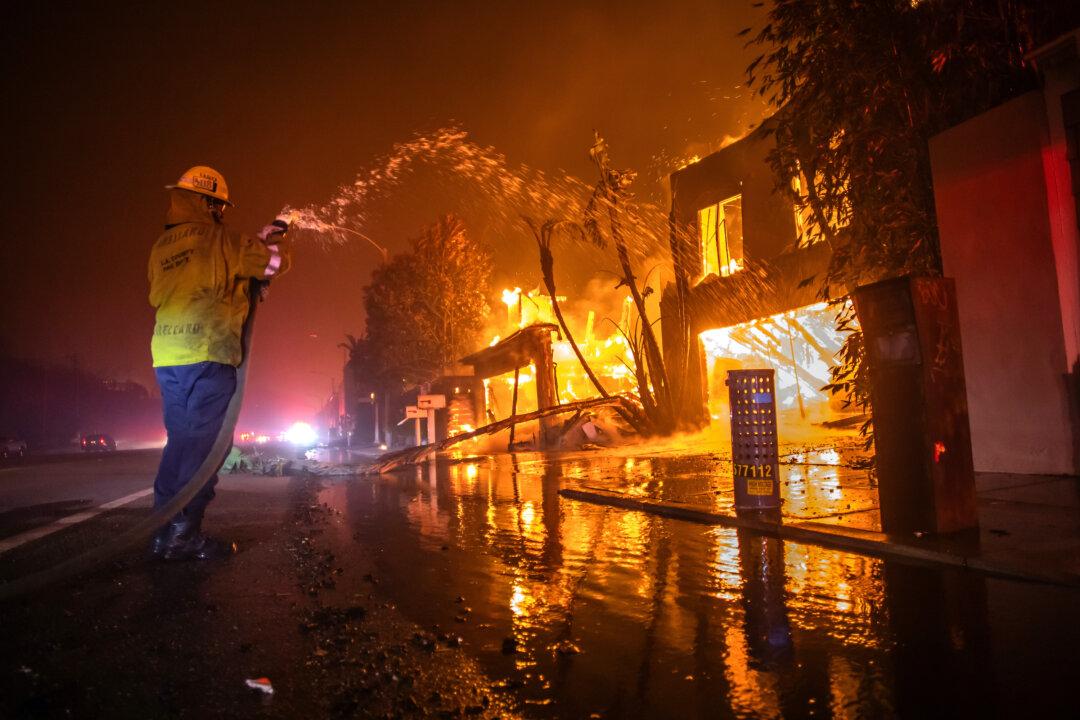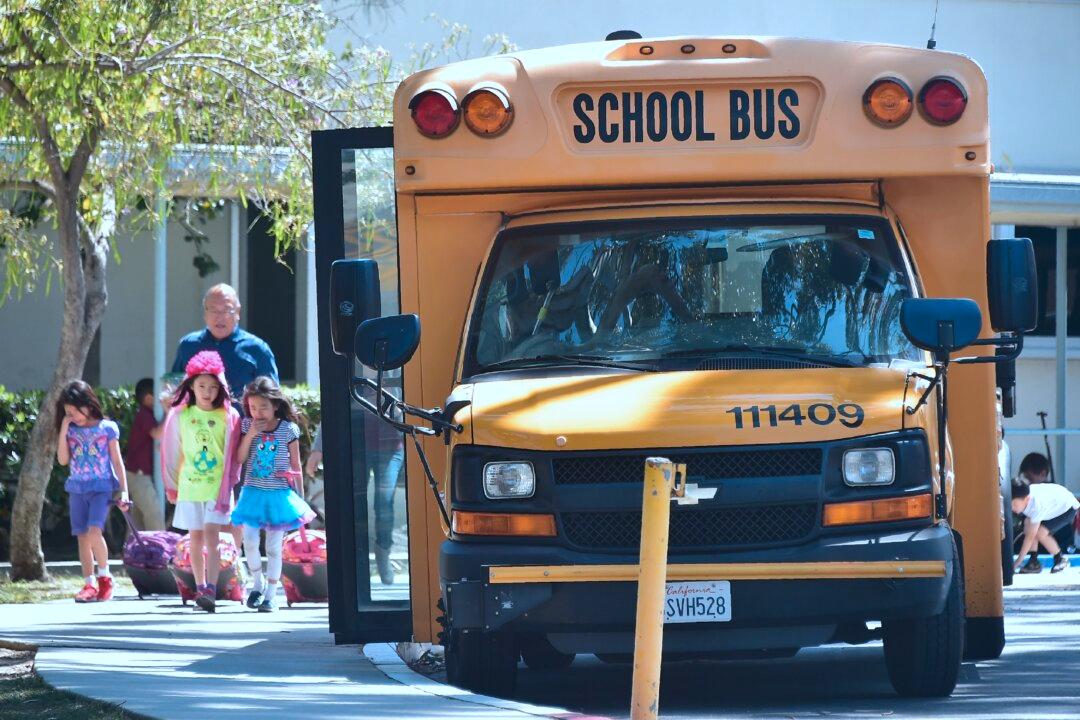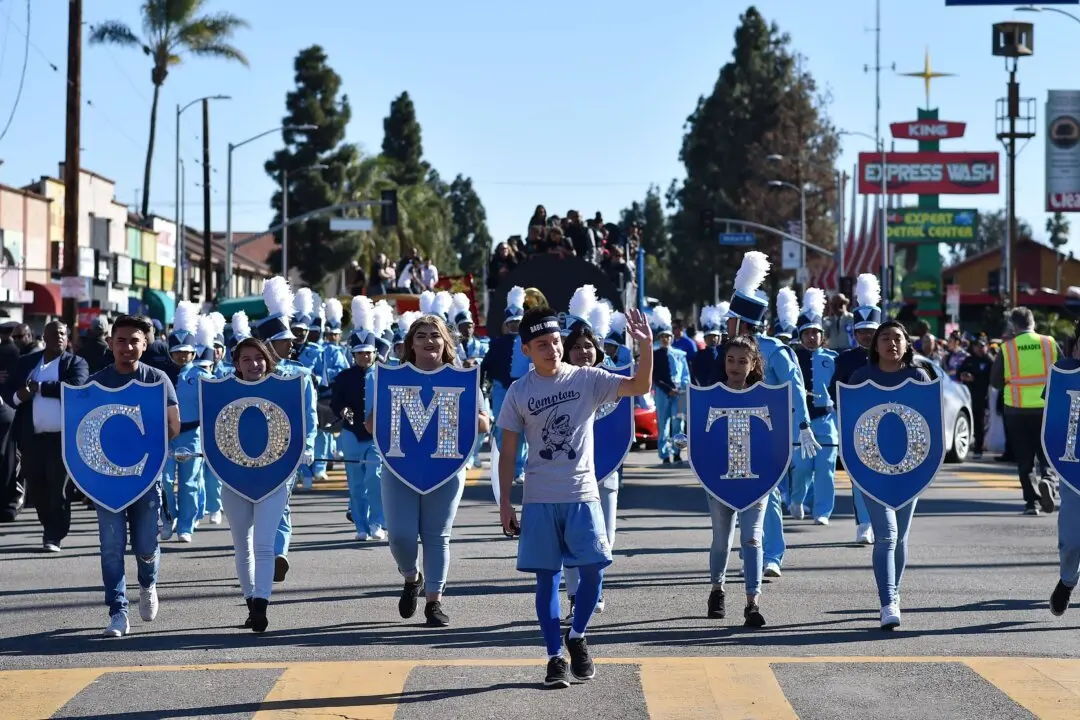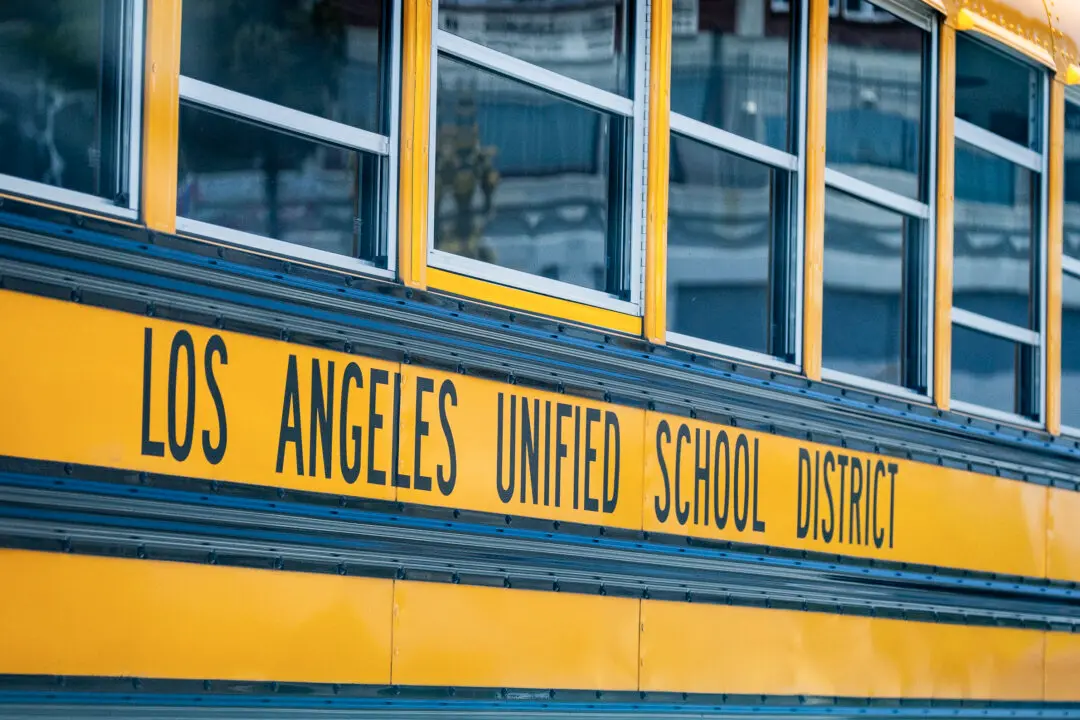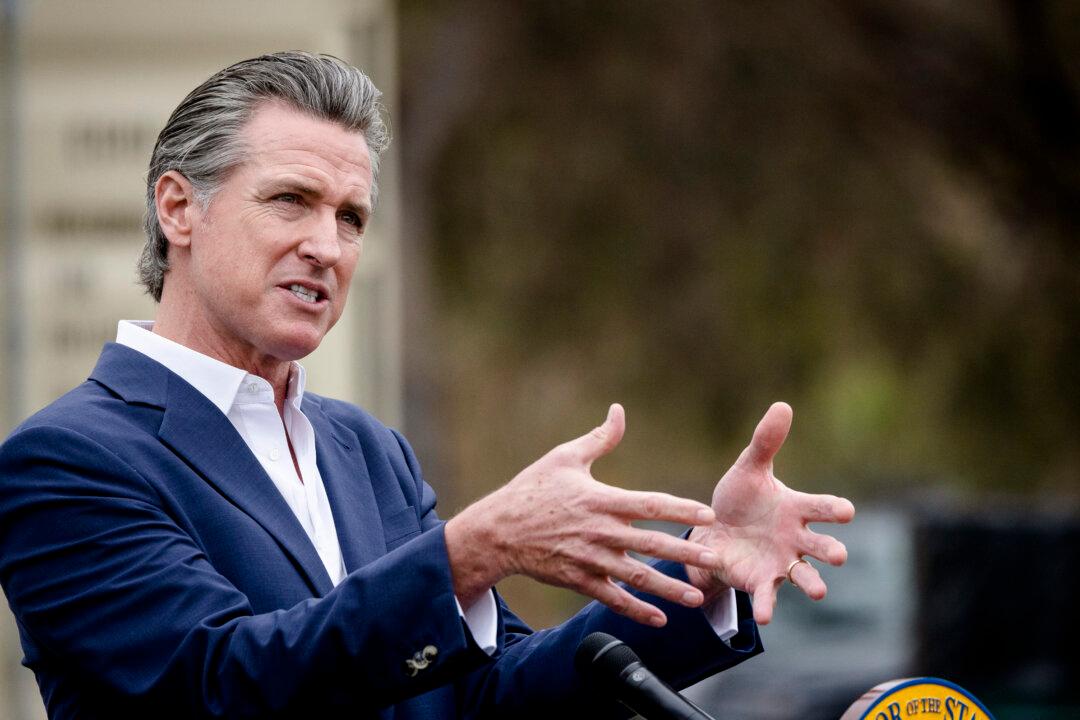Commentary
It was an observation made to me by the former mayor of Costa Mesa, Steve Mensinger, that got me thinking. He mentioned that when he remodeled his home, he installed a backup generator and hooked it up to the existing natural gas line. That way, he wouldn’t have to run to the gas station to purchase cans of fuel for a gasoline- or diesel-powered generator.
